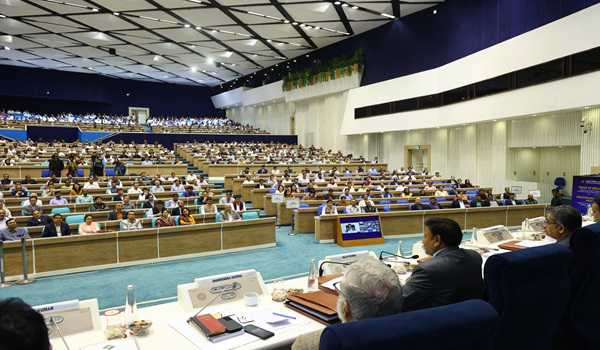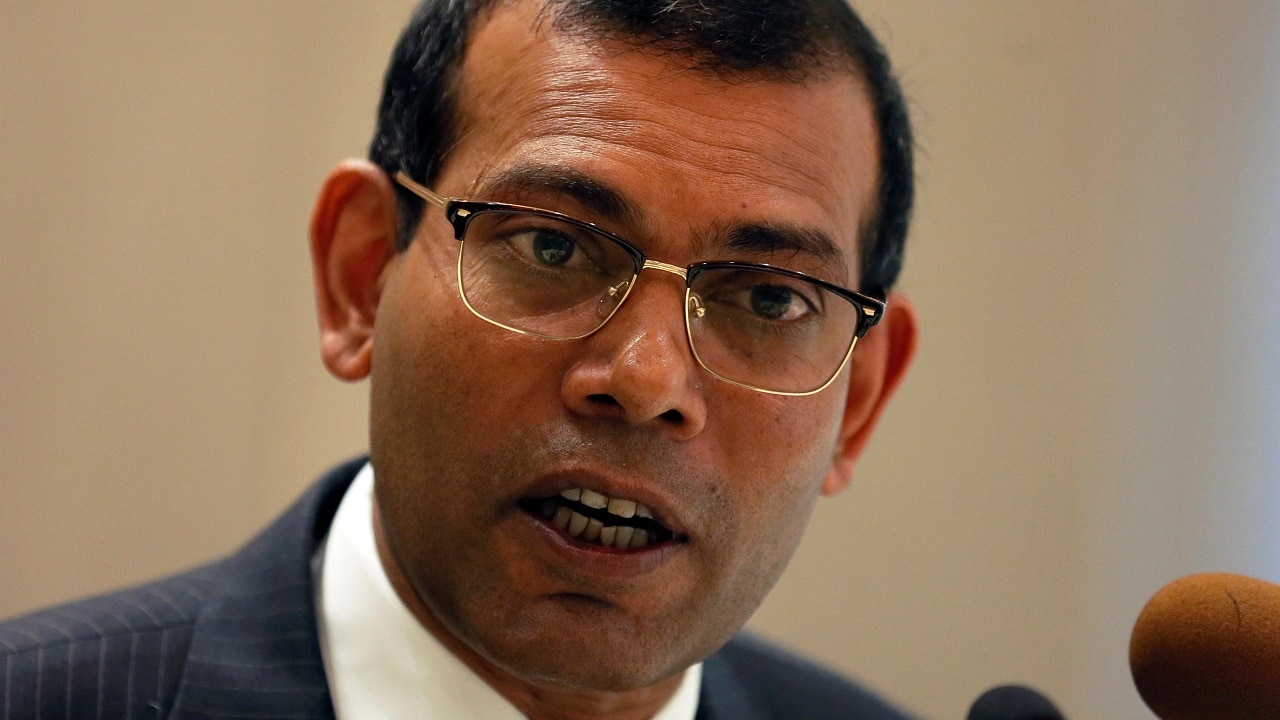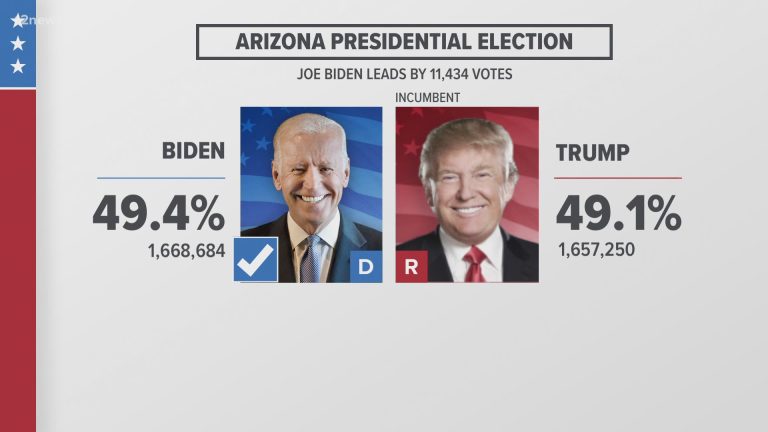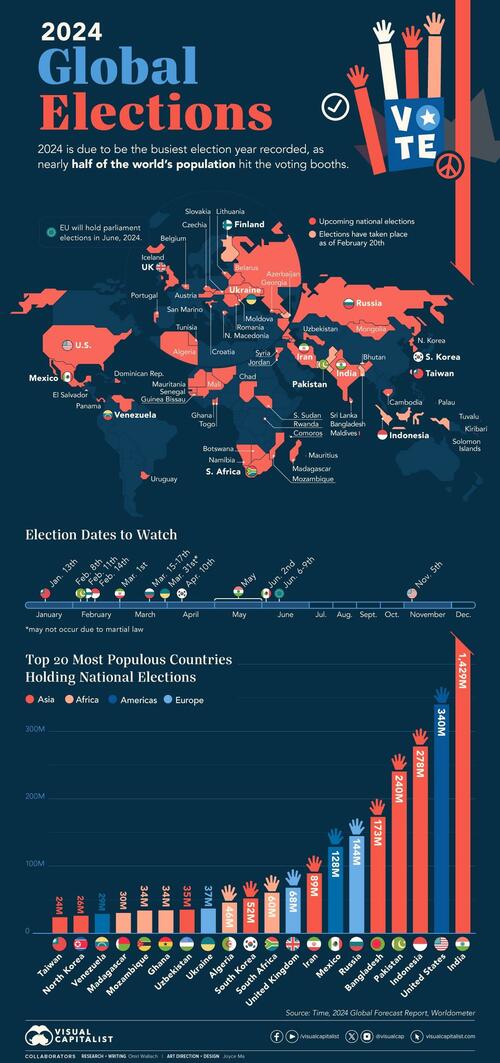

Election Integrity: 3 Steps to Ensure a Fair Vote in Your State
The very foundation of a democratic society rests upon the integrity of its elections. A fair and transparent voting process is not just a right; it’s the lifeblood of a representative government. But ensuring that every vote counts accurately and securely is a complex challenge, requiring constant vigilance and proactive measures. This article outlines three crucial steps your state can take to bolster election integrity and foster public trust.
Step 1: Modernize Voting Infrastructure – Beyond the Ballot Box
Outdated voting machines and inadequate cybersecurity measures are significant vulnerabilities in the election process. Moving beyond the simple “paper or electronic” debate, we need a holistic approach to modernization. This involves not only upgrading technology but also implementing comprehensive security protocols.
Imagine a scenario: A rural county relies on decades-old voting machines with easily compromised software. This exposes the county to potential hacking or manipulation, undermining the confidence of its voters. Modernization doesn’t just mean shiny new machines; it means integrating cutting-edge security features, such as:
- End-to-End Encryption: Protecting the transmission and storage of voting data from unauthorized access.
- Blockchain Technology: Creating an immutable, transparent record of every vote cast, enhancing auditability and reducing the potential for fraud.
- Multi-Factor Authentication: Adding layers of security to access voter registration databases and voting systems.
| Feature | Benefit |
|---|---|
| Encryption | Protects data from unauthorized access |
| Blockchain | Provides an auditable, transparent record |
| Multi-Factor Auth | Increases security against unauthorized logins |
Beyond the machines, accessible and user-friendly voter registration systems are critical. Online registration portals, coupled with robust verification processes, can significantly improve voter turnout, particularly among younger and marginalized communities. Streamlining voter registration, along with clear and accessible information, is key to maximizing participation.
Step 2: Enhance Transparency and Accountability – The Sunlight Solution
Transparency is the antidote to mistrust. Openness in the election process allows citizens to observe and scrutinize every stage, from voter registration to ballot counting. This fosters public confidence and deters potential misconduct.
Implementing robust auditing procedures is paramount. Post-election audits, using random sampling or risk-limiting audits, can independently verify the accuracy of vote counts. These audits, conducted transparently and publicly, serve as an independent check on the official results, adding a layer of verification to the process. Furthermore:
- Publicly Accessible Data: Making voter registration data, candidate financial disclosures, and election results readily available online promotes accountability.
- Independent Election Commissions: Establishing non-partisan election commissions, free from political influence, ensures impartiality in the management of elections.
- Citizen-Led Observation Programs: Empowering citizens to observe the voting process directly fosters transparency and accountability.
Step 3: Empower Voters – Education and Accessibility
The most crucial aspect of election integrity is voter empowerment. Informed voters are less susceptible to misinformation and more likely to participate actively in the democratic process. This requires a multifaceted approach:
- Voter Education Initiatives: State-funded campaigns can provide accurate information on voting procedures, candidate platforms, and election laws. This combats misinformation and promotes civic engagement.
- Accessible Polling Places: Ensuring polling places are easily accessible to all citizens, regardless of physical limitations or geographical location, is essential for inclusive participation. This might involve extending polling hours, offering mobile voting units, and providing multilingual assistance.
- Combatting Voter Suppression: Actively fighting against any measures designed to restrict voter access, such as strict ID laws or gerrymandering, is crucial for a fair and equitable election.
By implementing these three steps—modernizing voting infrastructure, enhancing transparency and accountability, and empowering voters—states can significantly strengthen election integrity. This isn’t merely about preventing fraud; it’s about cultivating public trust, reinforcing democratic values, and ensuring that every citizen’s voice is heard. The future of our democracy depends on it.

Additional Information
Deep Dive: Election Integrity – Enhancing the Three-Step Framework
The three-step framework for ensuring fair elections – secure voter registration, transparent ballot handling, and independent oversight – provides a crucial foundation. However, effective implementation requires a deeper understanding of the complexities and vulnerabilities at each stage. This analysis expands upon that framework, offering a more nuanced perspective and highlighting key areas for improvement.
1. Secure Voter Registration: Beyond Simple Database Management
While a robust database is fundamental, true security necessitates a multi-faceted approach addressing several critical aspects:
-
Data Validation and Cleansing: A mere database is insufficient. Regular data cleansing is vital to remove duplicate registrations, deceased voters, and those who have moved. This requires sophisticated data matching techniques, leveraging external databases like the Department of Motor Vehicles (DMV) and potentially the Social Security Administration (SSA) – subject to appropriate privacy safeguards. Failure to conduct thorough data cleansing leads to inflated voter rolls and potential for fraud, as seen in instances where deceased individuals remained on voter rolls in various states. The accuracy of voter registration databases directly impacts election outcomes by ensuring only eligible individuals participate.
-
Proactive Identification of Potential Fraud: Advanced analytics can identify anomalies suggesting potential fraud, such as unusually high registration rates in specific areas or inconsistencies in voter history. This requires sophisticated algorithms and data scientists skilled in detecting patterns indicative of fraudulent activity. For example, clustering techniques could identify geographically concentrated registration spikes that warrant further investigation.
-
Enhanced Security Measures: Robust cybersecurity protocols are essential to prevent unauthorized access and manipulation of voter registration data. This includes multi-factor authentication, encryption, regular security audits, and intrusion detection systems. The 2016 election highlighted the vulnerability of election systems to cyberattacks, emphasizing the necessity of stringent security measures for voter registration databases.
2. Transparent Ballot Handling: Beyond Simple Counting
Transparency in ballot handling encompasses far more than merely counting ballots accurately. It necessitates meticulous attention to every stage, from printing to tabulation:
-
Chain of Custody: A meticulously documented chain of custody for ballots is crucial. This involves detailed tracking of ballots from printing to storage, transportation, counting, and ultimately, secure archiving. Any deviation from established procedures must be documented and investigated. Lack of rigorous chain-of-custody procedures can create opportunities for manipulation and undermine confidence in the results, as illustrated in several contested elections where discrepancies in ballot handling were raised.
-
Ballot Marking and Scanning Technology: The technology employed for ballot marking and scanning should be secure, auditable, and resistant to manipulation. This includes regular testing and certification of equipment to ensure accuracy and reliability. The use of outdated or poorly maintained technology can lead to errors and accusations of manipulation, compromising the integrity of the election process.
-
Post-Election Audits: Rigorous post-election audits are essential to verify the accuracy of the count. This can involve hand recounts, risk-limiting audits (RLAs), or other statistically valid methods to ensure the results accurately reflect the voters’ intent. RLAs, in particular, are gaining popularity due to their ability to detect potential errors with high statistical confidence while minimizing the need for full recounts.
3. Independent Oversight: Beyond Simple Observation
Independent oversight extends beyond simple observation of the process. It necessitates an empowered and truly independent body with the authority and resources to investigate allegations of irregularities:
-
Authority and Resources: The overseeing body must have the legal authority to investigate complaints, subpoena documents and witnesses, and impose sanctions for violations. Adequate funding is crucial for conducting thorough investigations and employing qualified personnel. A poorly funded or understaffed oversight body is less effective in ensuring election integrity.
-
Expertise and Impartiality: The oversight body should comprise individuals with expertise in election administration, law, and data analysis. Crucially, it must maintain its impartiality and avoid partisan influence. The perception of bias, even if unfounded, can undermine public trust in the election process.
-
Transparency and Public Reporting: The oversight body should operate transparently, publishing its findings and recommendations publicly. This fosters accountability and allows the public to scrutinize the election process. Transparency builds public trust, a critical component of election integrity.
In conclusion, while the three-step framework is a valuable starting point, ensuring fair elections requires a significantly more sophisticated and robust approach. By addressing the complexities and vulnerabilities highlighted above, states can significantly enhance the integrity of their elections, bolster public trust, and strengthen democracy. The investment in improved systems and processes is an investment in the future of democratic governance.







